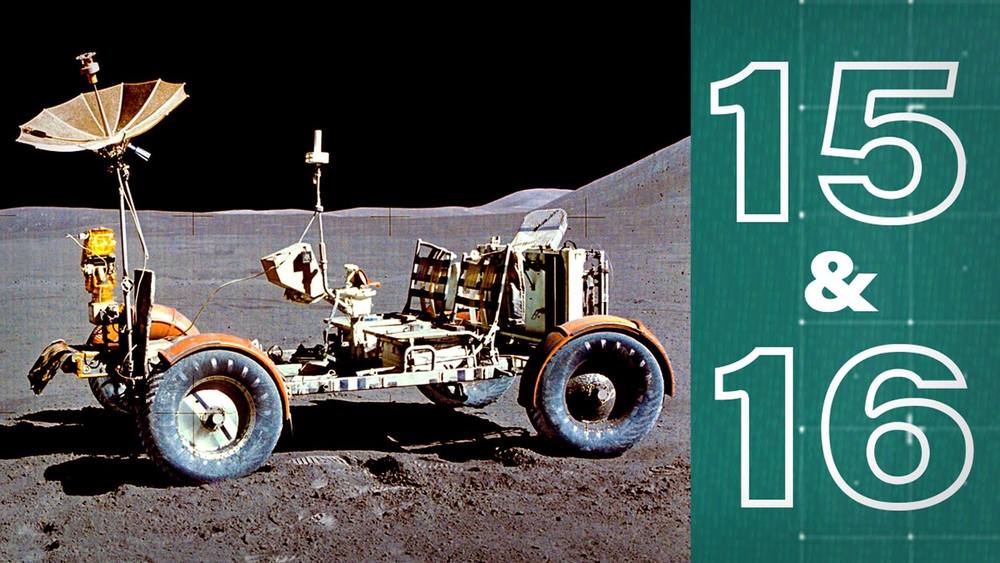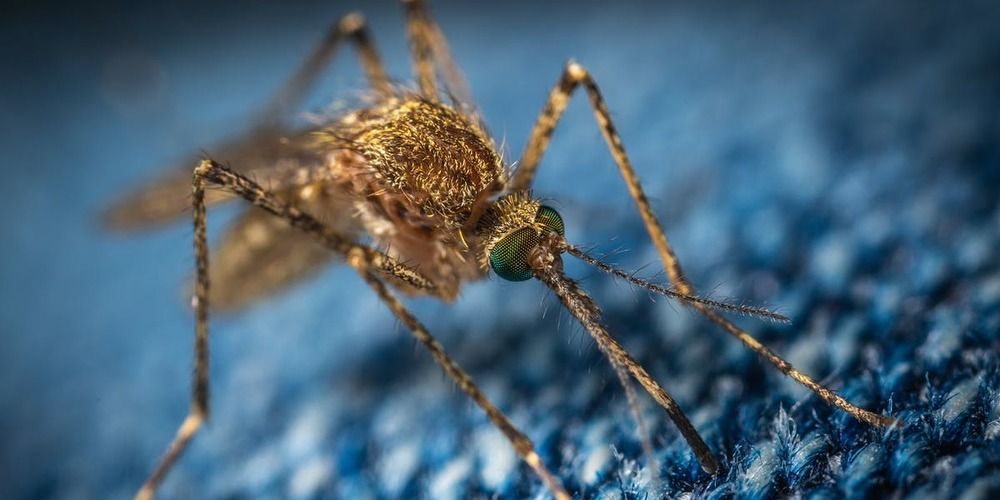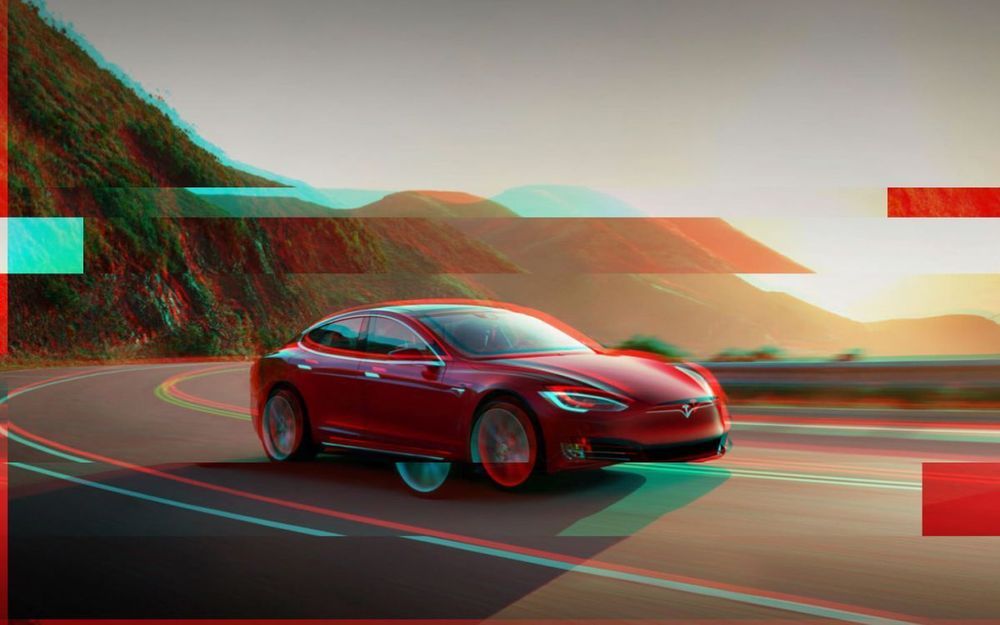
The Milky Way is under threat: new research from astrophysicists at Durham University, UK, suggests that the Large Magellanic Cloud (LMC) will dramatically collide with our galaxy in two billion years’ time.
It was previously predicted that the Milky Way would collide with the nearby galaxy of Andromeda in between four billion and eight billion years’ time, turning both galaxies into one combined giant elliptical galaxy. But now it seems that long before that collision happens, the Milky Way will be impacted by the LMC, the brightest satellite galaxy of the Milky Way which currently sits around 163,000 light-years from us.
The new prediction, published in Monthly Notices of the Royal Astronomical Society, was made once it was discovered that the LMC has nearly twice as much dark matter as previously believed, meaning that it has a much larger mass than was expected which affects the way that it interacts with other nearby galaxies. The increased mass means that the LMC is losing energy at a high rate and will inevitably collide with the Milky Way.
Read more


















